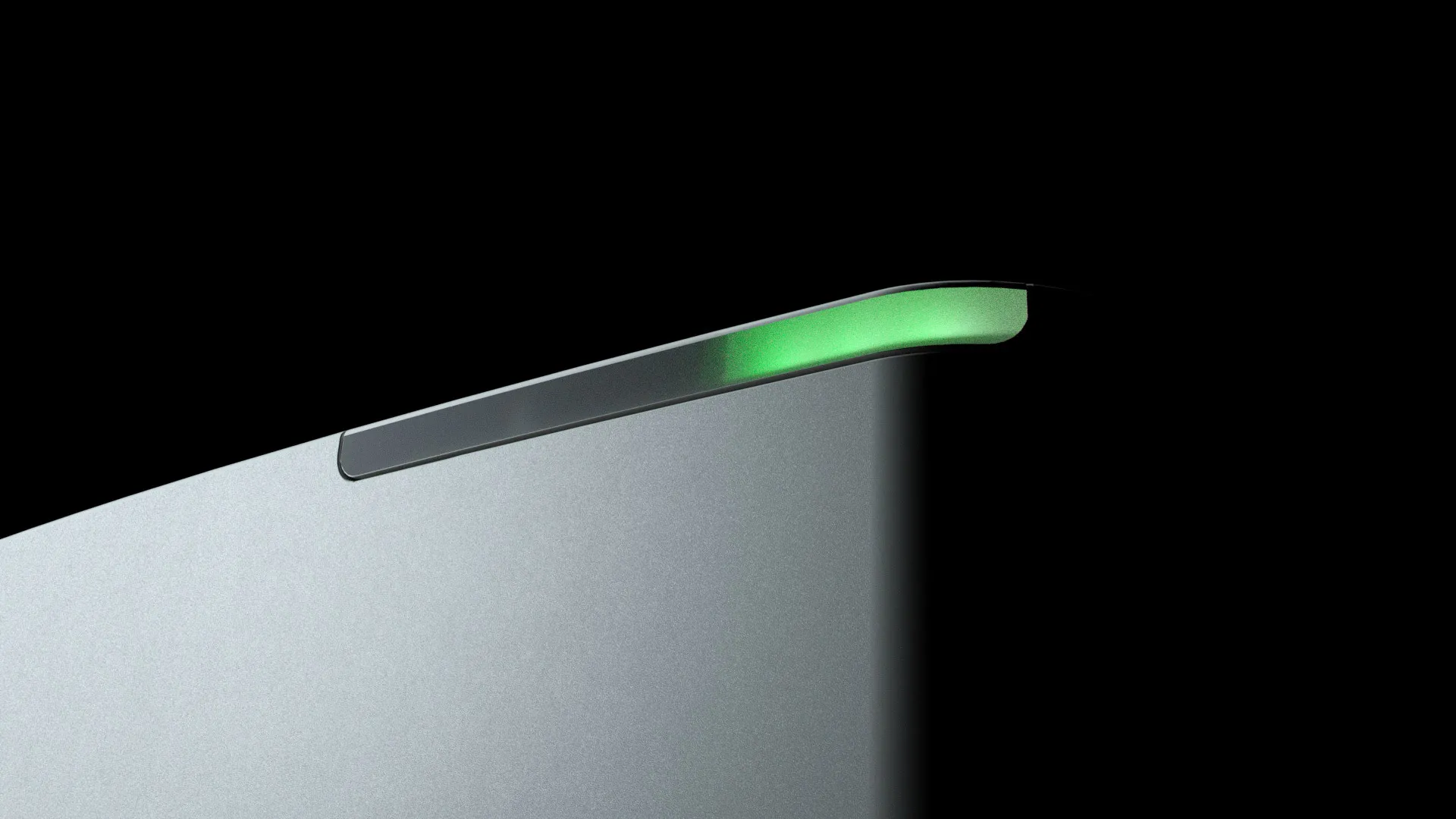

Biosimilars Tackle Interchangeability Standards
Feliza Mirasol
Demonstrating interchangeability can ensure biosimilar substitutability at the pharmacy level.
In May 2019, FDA published a final guidance (1) on demonstrating biosimilar interchangeability and recommended what analytical assessments and data should be included for a biosimilar to qualify as a substitution for a prescribed originator biologic. Unlike the generic versions of small-molecule innovator drugs, biosimilars cannot simply be substituted for branded biologics.
Variability plays a role
A generic version of a small-molecule drug has to be shown as being chemically identical to its predecessor, but the term “identical” cannot be used in discussion about biologics for the simple reason that there is variability among lots in all biologics, including reference products, notes Sang Joon Lee, senior executive vice-president at Celltrion. “These inherent variabilities are based on factors such as heterogeneous protein production from a living organism cell line and changes in manufacturing processes. The extent of variations in different lots of the original biologic should be measured by biosimilar companies to regard these variations as acceptable boundaries for a biosimilar,” says Lee.
Because biosimilars, unlike small molecule drugs, are manufactured in living cell lines using processes that cannot be exactly replicated from one manufacturer to the next, biosimilar manufacturers must demonstrate that the biosimilar is highly similar to and has no clinically meaningful differences from an existing FDA-approved reference product in terms of safety and effectiveness, adds Leah Christl, executive director, Global Regulatory and R&D Policy, Amgen.
“An additional showing is needed to support an interchangeability determination,” Christl continues, “If FDA determines that a biosimilar meets the interchangeability standard, that biosimilar may be substituted at the pharmacy under state pharmacy laws.”
“What makes the US biosimilar market different from other highly regulated markets, such as Europe, Canada, Japan, or Australia, is that the regulatory pathway in the United States includes a determination of ‘interchangeability’ between the reference product and biosimilar-a designation that permits pharmacists to substitute a biosimilar for its reference medicine without needing to first obtain permission from the prescribing physician. Without this designation, pharmacists first need to contact and obtain permission from the prescribing physician before they substitute a biosimilar for an originator biologic,” says Hillel P. Cohen, PhD, executive director, Scientific Affairs, Sandoz, a Novartis company.
An FDA-approved biosimilar does not necessarily need an interchangeability designation to be approved for all indications of the originator biologic, however, notes Noelle Sunstrom, founder and CEO of NeuClone, an Australian-based clinical-stage biopharmaceutical company. “For example, while none of the five Herceptin (molecule definition) biosimilars approved by FDA are designated as ‘interchangeable’, they all are approved for the same indications as the originator. Interchangeability only relates to the practice of a pharmacist substituting a biosimilar for an originator biologic,” Sunstrom emphasizes.
“A major reason a biosimilar is not ‘simply’ designated to be substituted, in the same way as a small-molecule generic, relates to the variable structure of biologic medicines, which can affect their potency and blood half-life in patients,” Sunstrom says. “For small molecules drugs, the precise atomic structure of the originator product is well defined and expected not to change. Thus, following patent expiry of the originator small-molecule drug, another manufacturer can manufacture a generic alternative that is an exact replica of the originator, and can be highly controlled down to the atomic level.”
“However, with biologics, such precise replication cannot be achieved because all biologics-whether an originator or a biosimilar-vary from one batch to the next. This inherent variation is the result of using living cells used to manufacture biologics that are heterogeneous mixtures of different molecules with different post-translational modifications (PTMs). So, biosimilars can be ‘highly similar’ to an originator biologic that itself exhibits batch-to-batch variability,” Sunstrom clarifies.
Variations in PTMs of a protein, including the molecule’s glycosylation profile and formation of di-sulphides, are cell line dependent, says Matt McGann, field applications and marketing manager at RedShiftBio, a Burlington, MA-based provider of analytical instrumentation.

